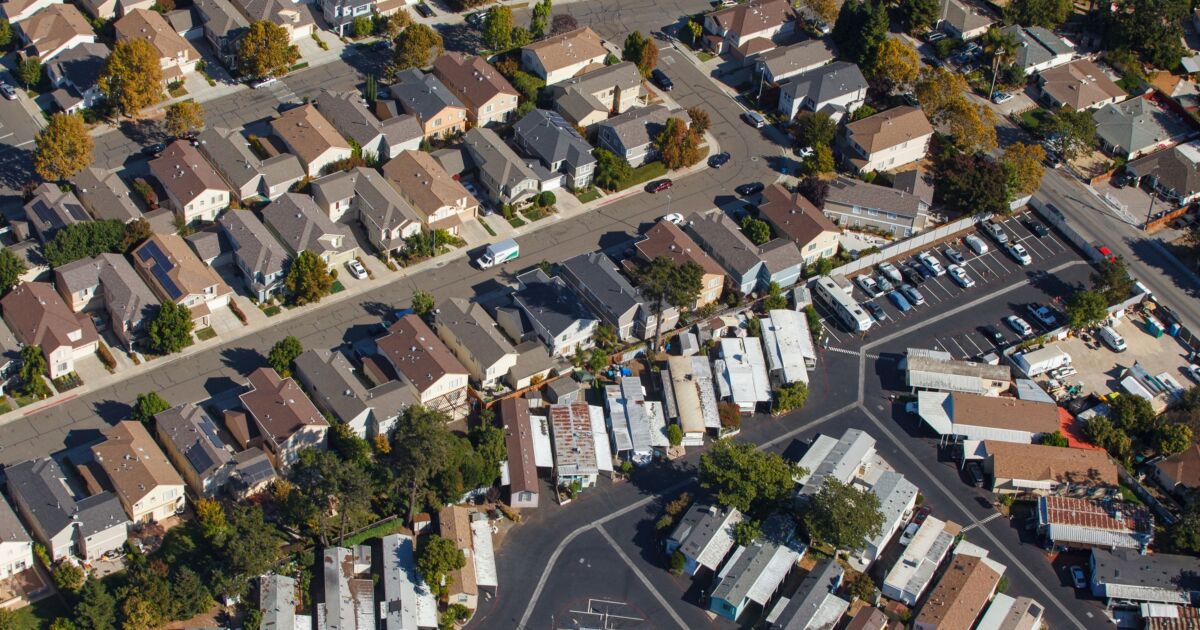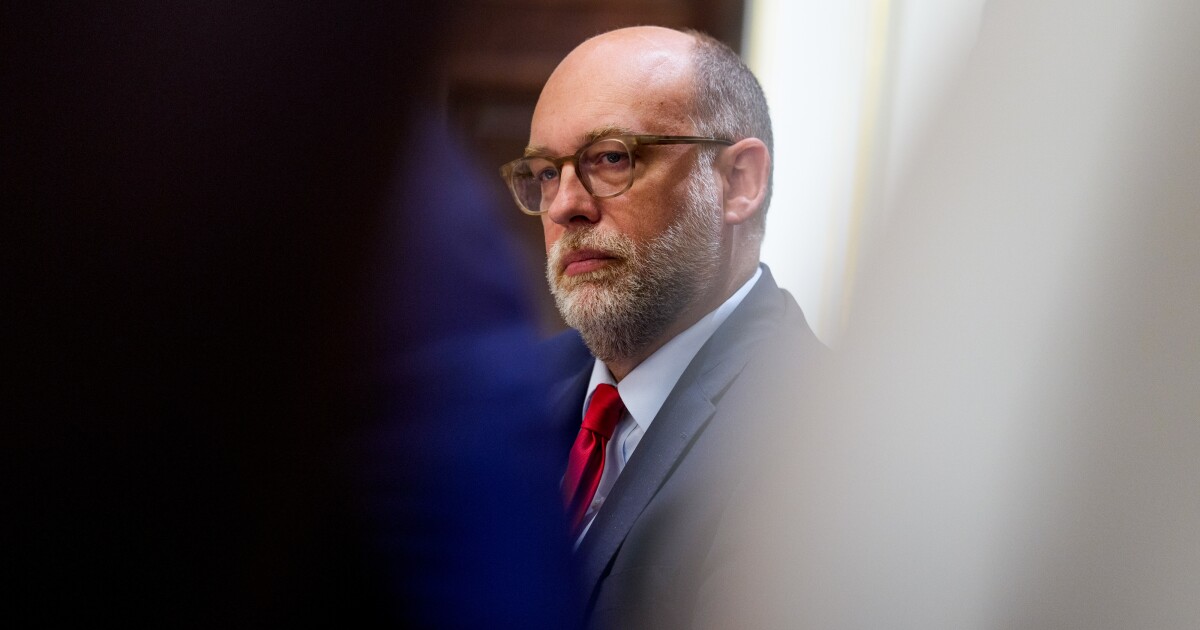
Late payments on income-producing loans at depositories recently experienced their largest jump in at least five years as concerns in the office sector intensified.
At 1.03%, bank performance is relatively favorable but the third quarter numbers are up 23 basis points compared to the previous fiscal period and have risen above 1.02% for the first time since fourth-quarter 2020, according to a recent Standard & Poor's Capital IQ report.
While this is notable, commercial real-estate risk hasn't risen to a level where it jeopardizes global systemically important banks, according to a separate DBRS Morningstar study, which describes it more as a widespread loan-level issue.
"Refinancing will be harder for investors because of increasing interest rates and banks requiring additional equity or collateral to renew loans given falling appraisal values," said Mindula Suriyabandara, analyst, credit ratings, at DBRS Morningstar, in the report.
And certainly the supply of distressed commercial-real estate loans has been growing with individual institutions affected by the 2023 Banking Crisis, like Signature, selling high volumes of mortgages in this category.
So far there seems to be anecdotal demand for these, with nonbank players like Ellington Financial showing interest in purchasing those loans.
For companies holding both commercial and residential assets, like Ellington, the manageability of the risk appears to be a potential concern for both income-producing and single-family properties.
However, while some reports suggest single-family is not immune to upward pressure on arrears from other factors that include tax and insurance costs, some reports suggest underlying resilience persists.
In October, overall single-family delinquencies excluding mortgages in foreclosure were down slightly at 3 basis points on a consecutive-month basis and nine compared to a year, according to Intercontinental Exchange's latest report.
Foreclosure starts rose by 33,000 in October, hitting an 18-month high, but serious delinquencies fell by 447,000 – a low not seen since 2006. Foreclosure completions plateaued, which ICE credited to the availability of programs designed to offer alternatives.
There are questions about the extent to which residential performance will be insulated from issues on the commercial market.
The Biden administration is attempting to promote conversions in which the two markets solve each other's problems, given commercial real-estate suffers from vacancies and the housing market is short of affordable supply relative to demand.
But local zoning restrictions are often a hindrance to such projects.
Also, there's speculation that some taxing authorities could be starting to look more to the residential market for tax revenue to make up for less coming in from commercial properties.
While the 2023 numbers for national residential property taxes haven't been compiled yet, they rose somewhere between 3% and 4% in 2022, according to Attom Data Solutions. Anecdotal accounts from servicers also suggest T&I increases have spiked recently.
Even if there isn't an effort to raise taxes for homeowners and renters in reaction to commercial real estate woes, tax policy inequities in jurisdictions like New York City could hit some parts of the real estate market harder than others.
In New York City, the basis for taxation differs by sector and may be subject to caps, according to the Office of the New York State Comptroller's September analysis of the Department of Finance's property-tax assessment rolls.



